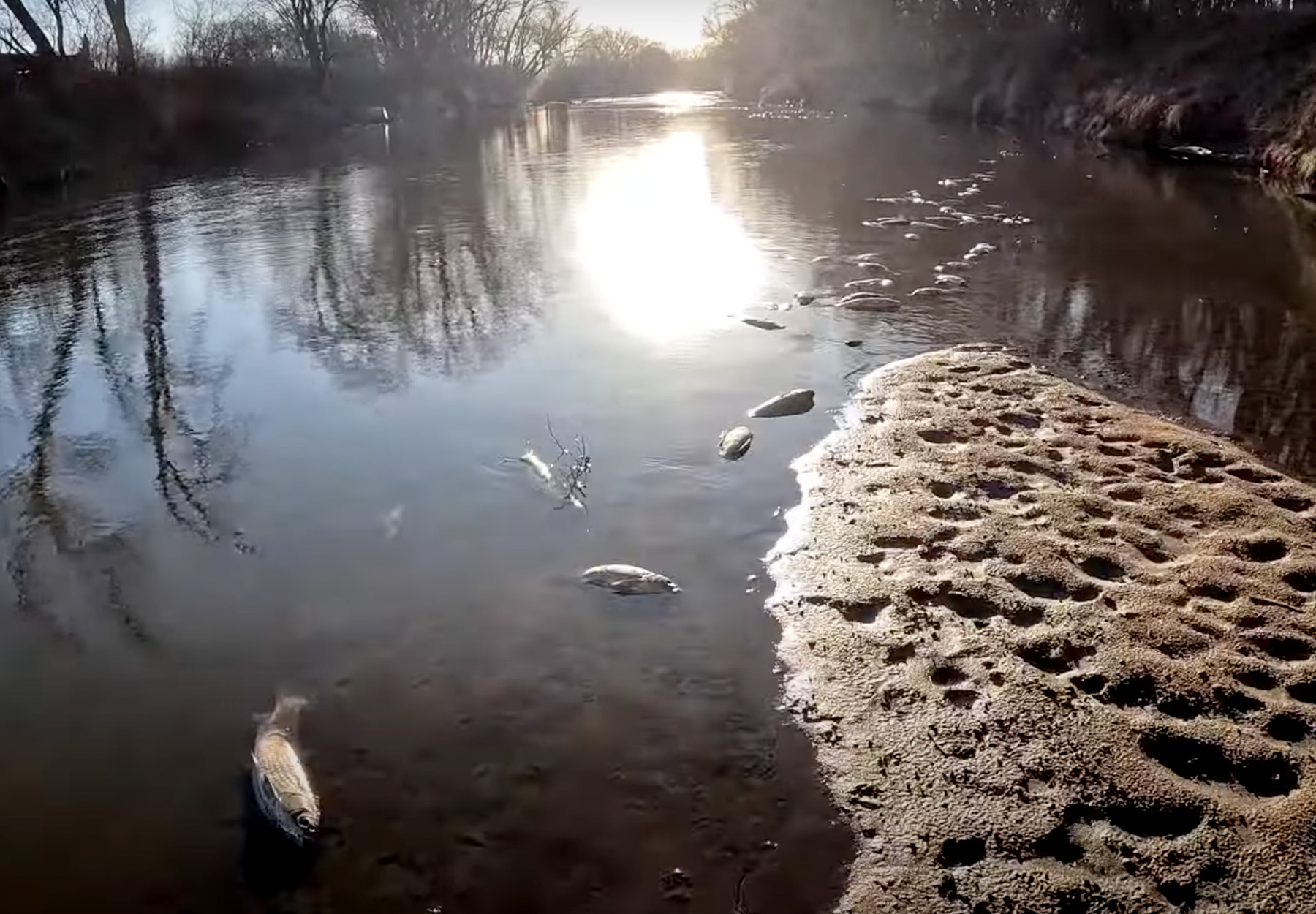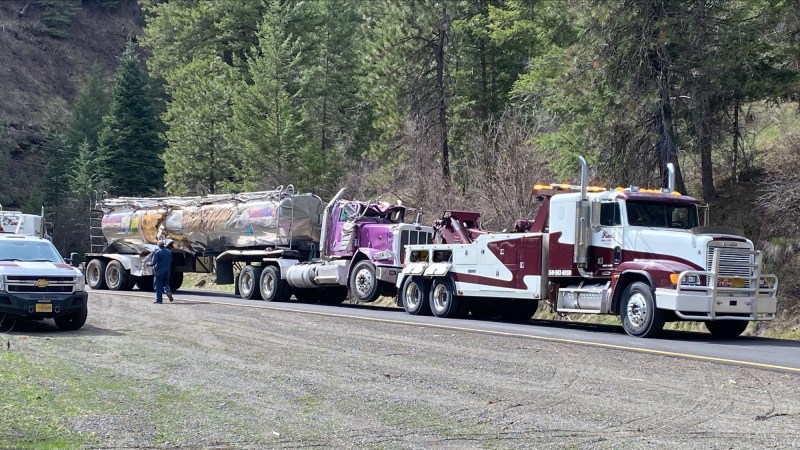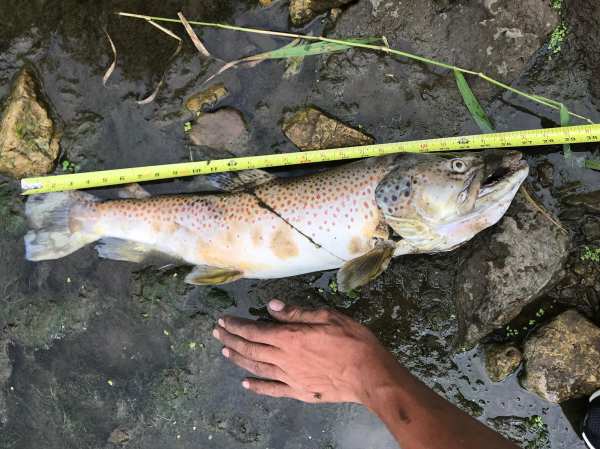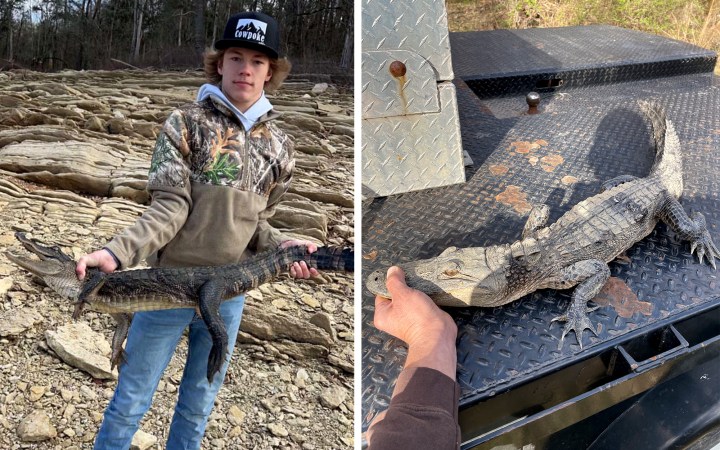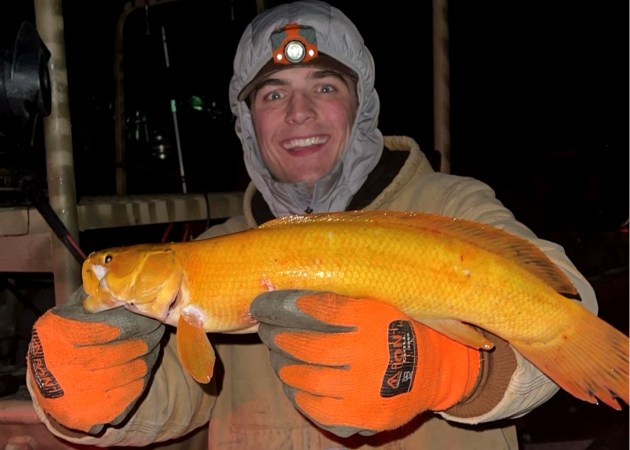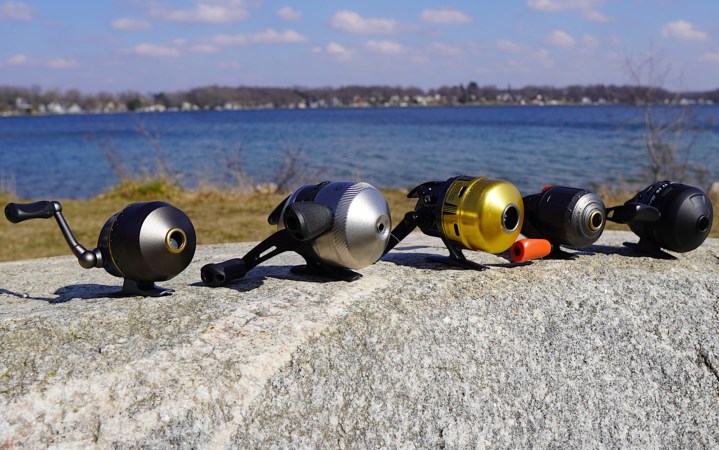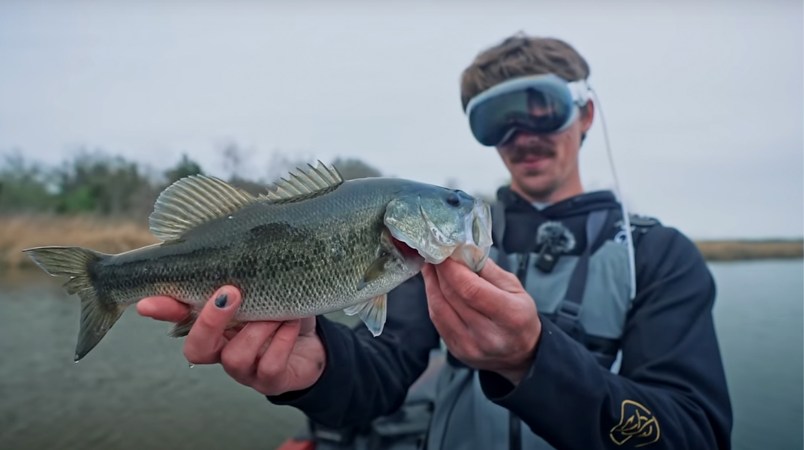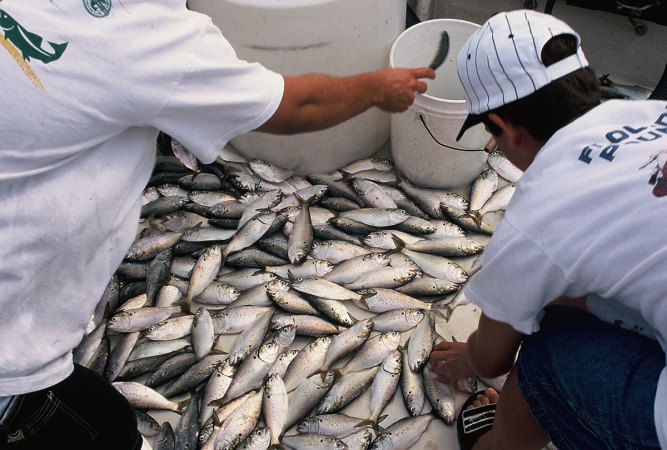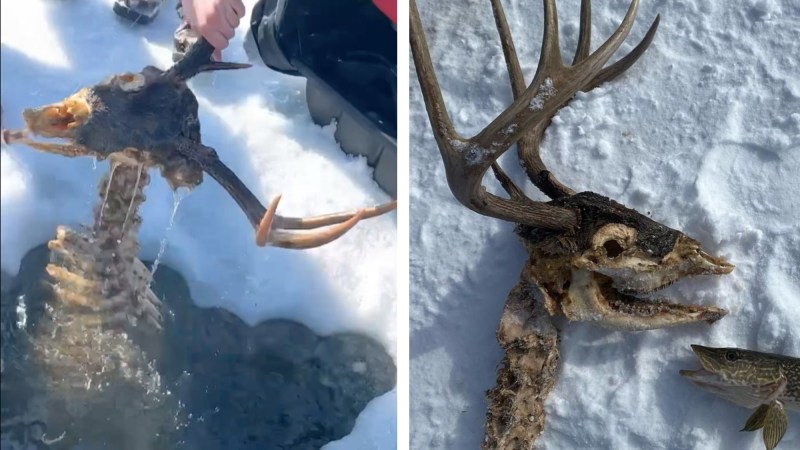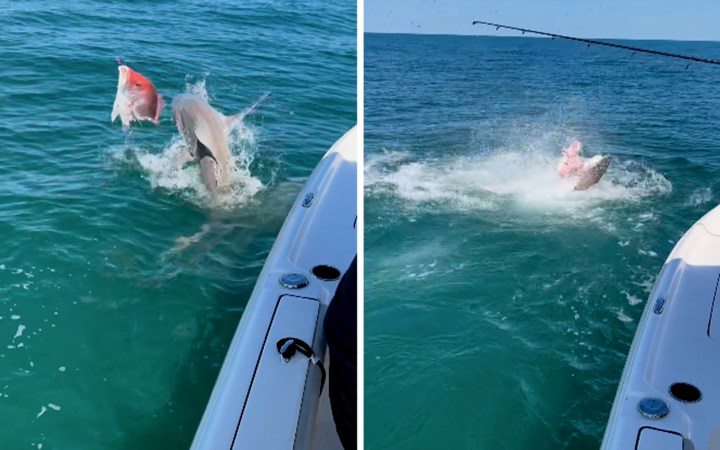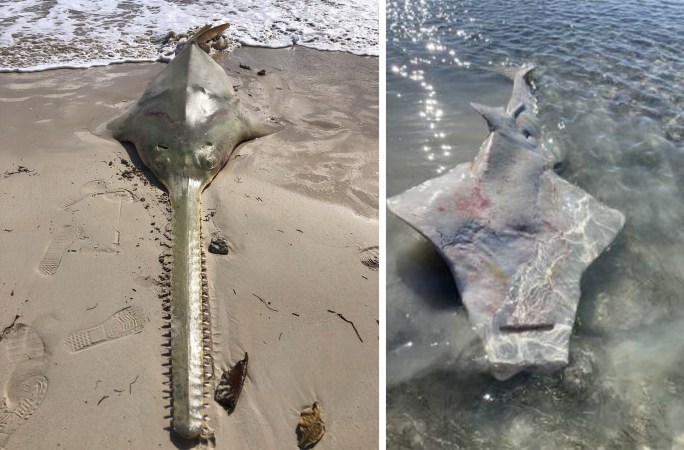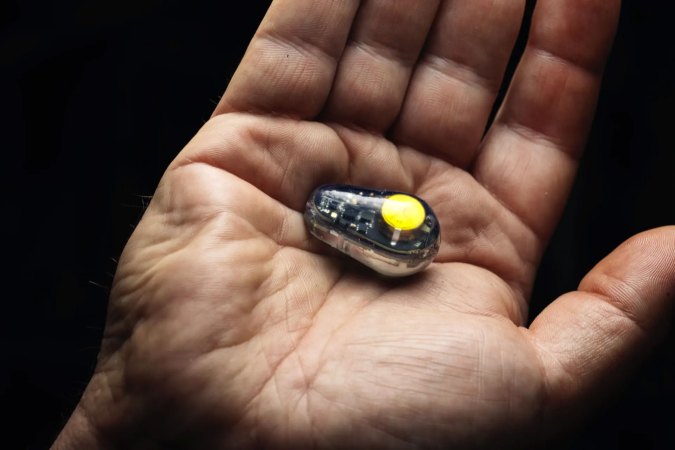Officials in Iowa and Missouri are still taking stock of a massive fish kill that occurred in the Nishnabotna River system last month after a large amount of fertilizer was spilled near Red Oak. The Iowa Department of Natural Resources announced Thursday that nearly every fish living in a 60-mile stretch of the East Nishnabotna and main Nishnabotna Rivers died in the event. This included the Missouri portion of the Nishnabotna, which flows through the northwest corner of the state for about 10 miles before it meets the Missouri River.
The Iowa DNR’s latest count shows roughly 750,000 dead fish, which makes it the state’s biggest fish kill in a decade and the fifth largest on record, according to the Iowa Capital Dispatch. The majority of these fish (more than 700,000) were small baitfish like minnows and shiners, but the tally also includes nearly 8,000 catfish, along with more than 1,000 sunfish and largemouth bass. The death toll for crayfish, mussels, amphibians, and other aquatic species is unknown, and the Iowa DNR says it’s still working to determine the full impact of the fish kill.
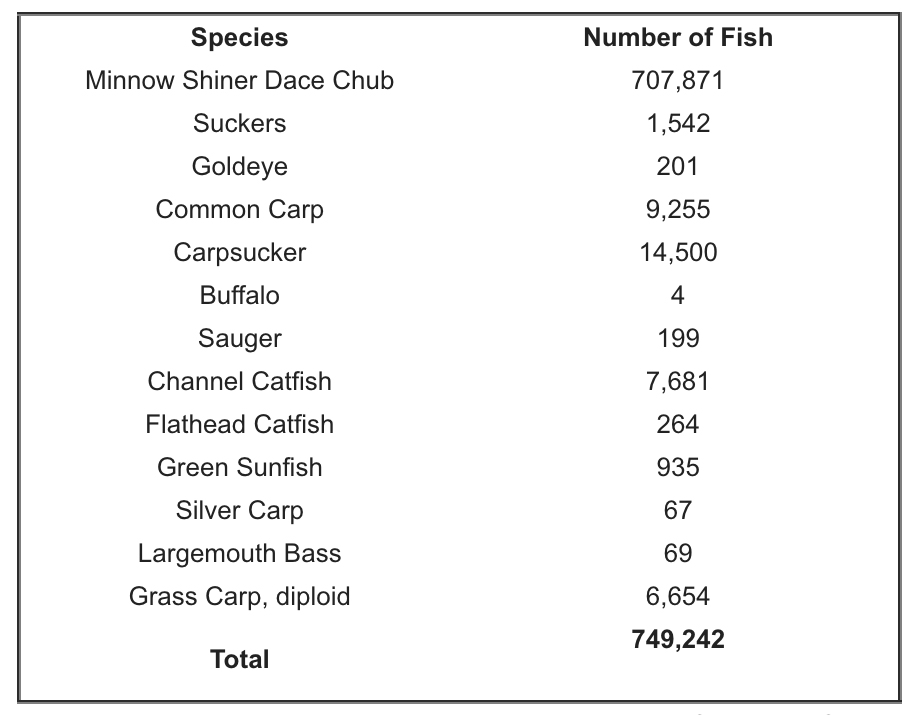
Although the Missouri Department of Conservation hasn’t released an exact figure, the agency’s Ecological Health Unit science supervisor Matt Combes said an estimated 40,000 are thought to have died in the Missouri portion of the Nishnabotna. Residents in both states have posted videos on YouTube and social media showing dead fish floating in the river.
“That included catfish of the size that anglers live to catch and shovelnose sturgeon … and blue suckers and other native fish that we have, you know, been trying to protect for decades,” Combes told KMIZ News on Friday.

Officials say the massive fish kill was triggered by a fertilizer spill that occurred near Red Oak. The source of the spill was NEW Cooperative, Inc., a member-owned farmers’ co-op that serves Montgomery County.
On March 11, the co-op notified the DNR that approximately 265,000 gallons (or roughly 1,500 tons) of liquid nitrogen fertilizer were accidentally discharged into a drainage ditch that flows directly into the East Nishnabotna River. This occurred after an aboveground storage tank valve was left open overnight, according to the agency.
Read Next: Nearly a Million Dead Fish Wash Up on Louisiana Coast, Commercial Fishing Boats to Blame
Combes explained that when large amounts of liquid nitrogen mix with water, it creates ammonia, which is deadly for aquatic animals. And because of the relatively small size of the Nishnabotna, which runs even lower during the winter months, there wasn’t enough water to dilute the toxic substance until it reached the larger Missouri River (which was unaffected by the spill, according to Combes). Iowa DNR fisheries bureau chief Joe Larscheid said it was actually a good thing the spill took place in the wintertime and not the spring or summer, when the river’s fish populations are typically higher.
“Thank goodness it happened when it did,” Larscheid said last week. “But this is a big one. It’s a lot of river miles that have been impacted.”
As the DNR continues to monitor the ecological impacts of the fertilizer spill, the agency will also determine how it will penalize NEW Cooperative for allowing the spill to happen in the first place. Similar violations in the past have led to around $10,000 in fines and restitution, according to the Iowa Capital Dispatch, but the DNR could seek higher amounts in court. The estimated value of the damage in Iowa is $226,000, with at least $3,500 already spent in investigation expenses. The farmer’s co-op could face additional penalties in Missouri as well.

